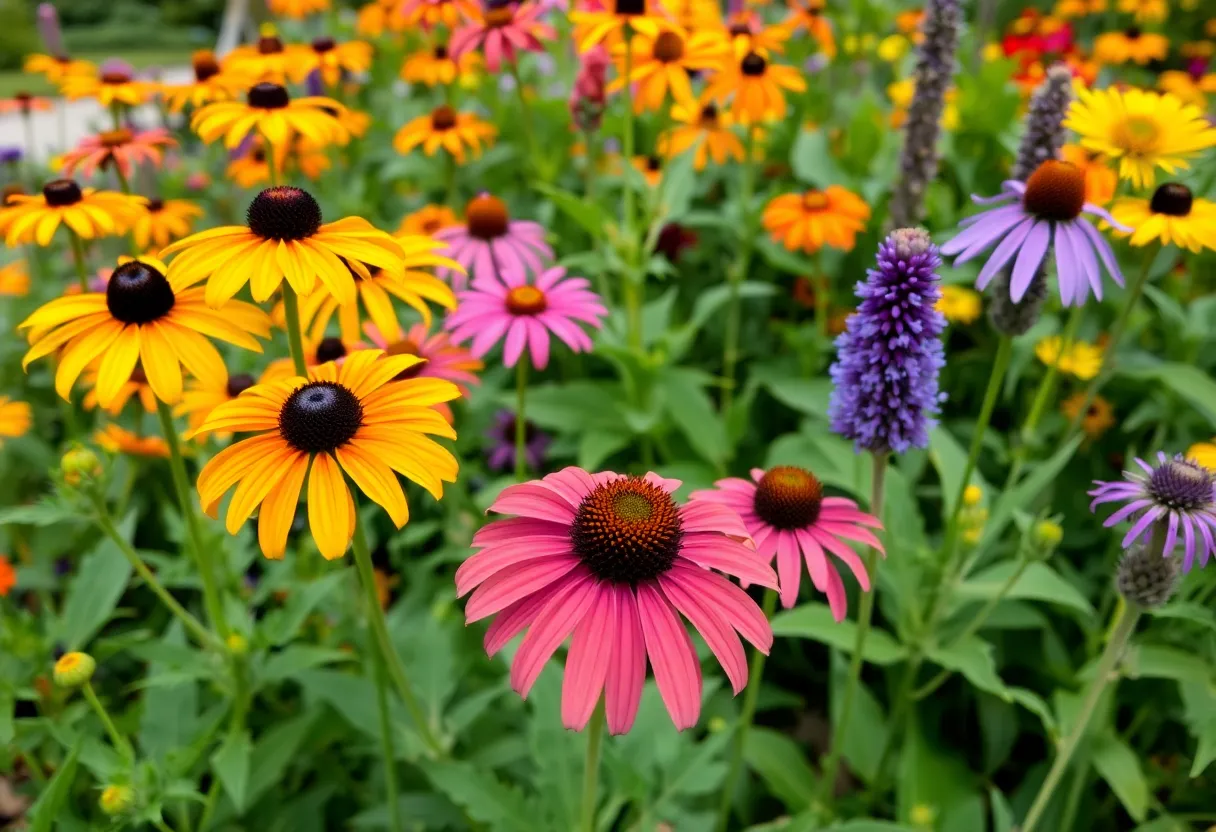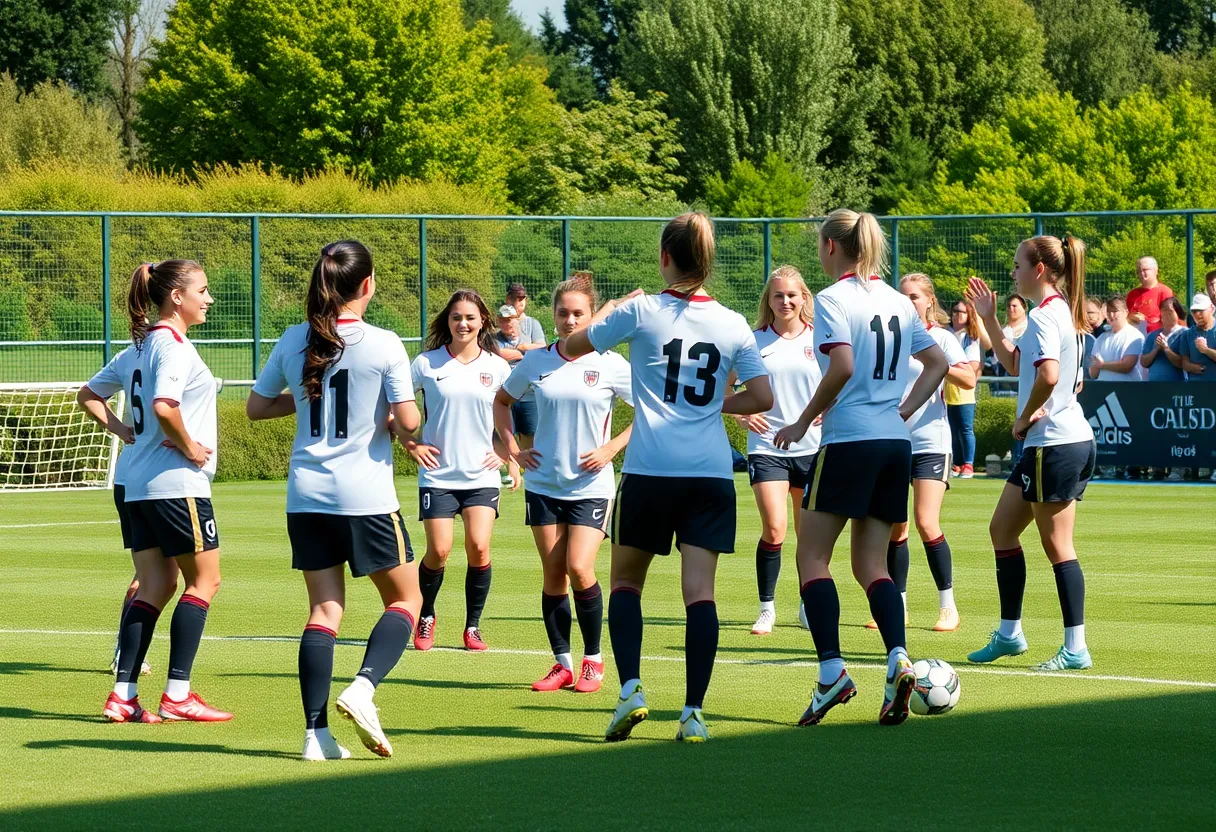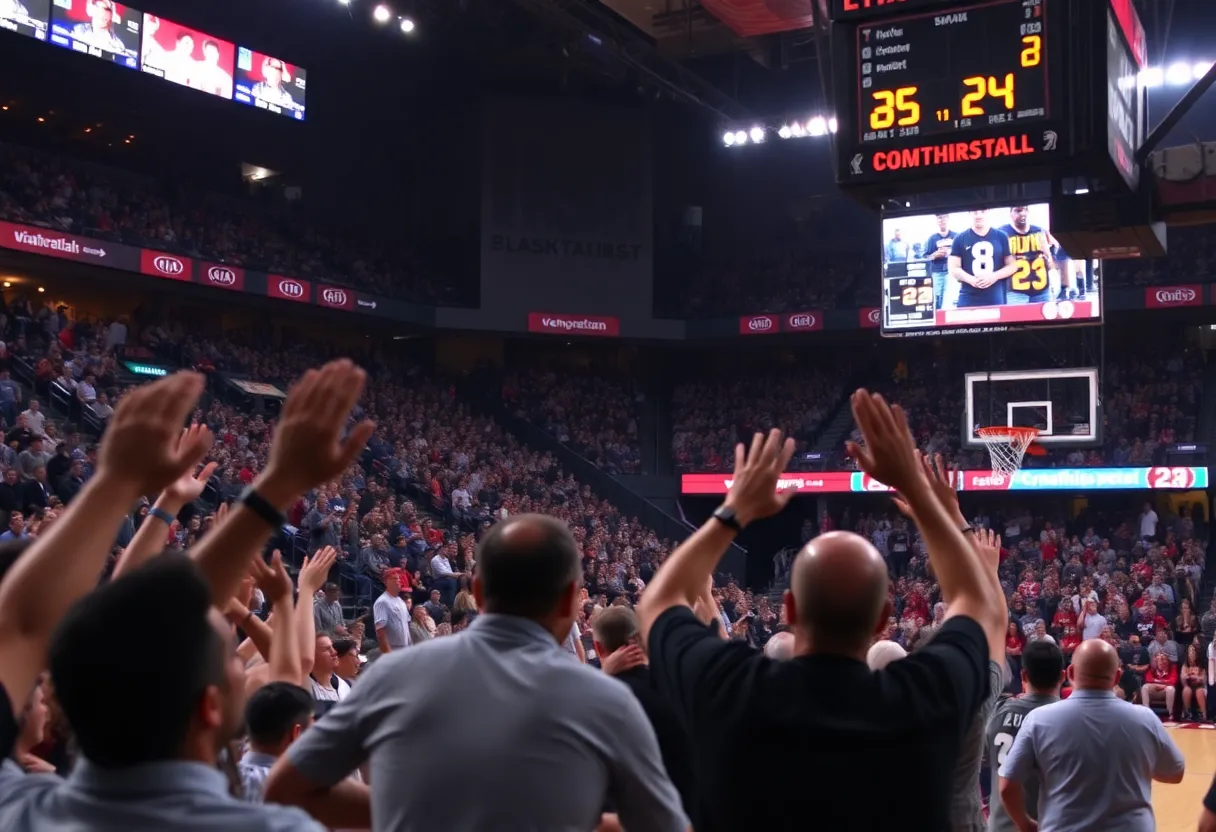10 Brilliant Plants Perfect for Your Philadelphia Garden Throughout the Seasons
Introduction
Understanding the climatic nuances of Philadelphia is essential for cultivating a healthy, vibrant garden. The city experiences hot, humid summers and cold, sometimes snowy winters, which challenge gardeners to select adaptable plants. Choosing native species and hardy perennials ensures survival and aesthetic appeal year-round. The following ten plants have demonstrated resilience in Philadelphia’s climate, providing continuous seasonal interest and supporting local ecosystems.
1. Black-eyed Susan (Rudbeckia hirta)
Black-eyed Susan is celebrated for its vivid yellow petals that encircle a dark central eye. This native perennial thrives in full sun and well-drained soils. Growing to 1-3 feet, it blooms from mid-summer into early fall. Its drought tolerance and deer resistance make it ideal for low-maintenance, wildlife-friendly gardens. It attracts pollinators such as butterflies and bees, boosting local biodiversity. Its longevity and resilience make it a foundational plant in Philadelphia gardens.
2. Purple Coneflower (Echinacea purpurea)
Purple Coneflower features daisy-like blossoms with large purple petals and a prominent cone-shaped center. It prefers full sun and well-drained soil, reaching heights of 2-4 feet. Blooming from summer to late fall, it provides a long-lasting visual focus. Known for supporting pollinators, especially bees and butterflies, it is noted for its drought tolerance and adaptability, making it a dependable addition across seasons.
3. Dense Blazing Star (Liatris spicata)
Dense Blazing Star offers tall, spiky purple flowers with a vertical growth habit. It blooms from mid- to late summer, adding architectural height to garden beds. Preferring full sun and well-drained soil, it can reach heights of 2-4 feet. Its drought tolerance combined with pollinator attraction makes it a suitable choice for sustainable gardens. Its slender form provides visual interest across seasons.
4. Butterfly Weed (Asclepias tuberosa)
Butterfly Weed is characterized by vivid orange flowers that bloom in early summer. It thrives in full sun with well-drained soil and grows 1-2 feet tall. This plant is especially crucial for Monarch butterfly conservation, serving as a larval host. Its drought tolerance positions it as an excellent choice for water-wise gardens. Its splash of color in early summer enhances garden vibrancy.
5. Eastern Columbine (Aquilegia canadensis)
Eastern Columbine displays delicate red and yellow flowers that appeal to hummingbirds. It prefers partial shade and moist, well-drained soil. Growing 1-3 feet tall, it blooms early to late spring. Its elegant, spurred flowers add visual interest, especially in shaded garden zones. Its adaptability to shaded conditions fills key ecological niches in local gardens.
6. Swamp Milkweed (Asclepias incarnata)
Swamp Milkweed produces clusters of pink flowers that blossom mid to late summer. It flourishes in full sun and moist, well-drained soils, reaching heights of 3-5 feet. This plant plays a vital role in supporting native pollinators, especially butterflies and bees. Its drainage needs suit garden areas with higher moisture content, and its structure complements back-border plantings.
7. New England Aster (Symphyotrichum novae-angliae)
New England Aster boasts bright purple to pink flowers blooming from late summer into fall. Reaching heights of 2-8 feet, it prefers full sun and moist, well-drained soil. Its late-season nectar attracts pollinators, extending blooming periods late into autumn. Its vibrant color contrasts well with fall foliage, enriching seasonal landscape displays.
8. Wild Bergamot (Monarda fistulosa)
Wild Bergamot features lavender-pink flowers that bloom from mid- to late summer. It thrives in full sun to partial shade with moist, well-drained soil, growing 2-4 feet tall. Its aromatic foliage and pollinator attraction—including hummingbirds—support local ecosystems. Its multi-seasonal interest includes aromatic leaves and robust flowers.
9. Blue False Indigo (Baptisia australis)
Blue False Indigo produces deep blue flowers in late spring to early summer. It favors full sun and well-drained soil, with an average height of 3-4 feet. Known for its drought tolerance and soil stabilization capacity, it is suitable for erosion-prone areas. Its strong root system aids in habitat restoration efforts, while its striking blooms add early seasonal color.
10. Coral Honeysuckle (Lonicera sempervirens)
Coral Honeysuckle displays tubular red to orange flowers in late spring to summer. This climbing vine grows 10-15 feet, thriving in full sun to partial shade with well-drained soil. Its nectar-rich flowers attract hummingbirds and butterflies. Its climbing habit makes it an excellent choice for trellises, fences, and ground cover, providing ecological benefits and aesthetic appeal throughout the warmer months.
Conclusion
Implementing these ten plants in a Philadelphia garden enhances both visual diversity and ecological health. They are adaptable, robust, and support native pollinators and wildlife. Proper selection based on seasonal interest, soil conditions, and sun exposure ensures sustainable gardening that aligns with local climate patterns. These choices create a resilient, thriving outdoor space capable of offering beauty and ecological function across all seasons.
FAQs
What are the best native plants for Philadelphia gardens?
Plants such as Black-eyed Susans, Purple Coneflowers, and Wild Bergamot are highly suitable as native species that adapt well to Philadelphia’s climate, providing ecological benefits and lasting beauty.
Which plants attract pollinators throughout the seasons?
Native plants like Butterfly Weed, Eastern Columbine, Swamp Milkweed, and New England Aster offer blooms that attract bees, butterflies, and hummingbirds across different seasons, supporting local biodiversity.
How can I ensure year-round interest in my Pennsylvania garden?
Combine plants with varying bloom times and foliage interests, such as Blue False Indigo for early summer and New England Aster for late fall. Incorporate evergreen foliage where possible for winter appeal.
Are these plants suitable for shaded garden areas?
Some, like Eastern Columbine, thrive in partial shade, making them suitable for shaded garden zones. Others prefer full sun and may not perform well in heavily shaded areas.
Author: STAFF HERE PHILADELPHIA WRITER
The PHILADELPHIA STAFF WRITER represents the experienced team at HEREPhiladelphia.com, your go-to source for actionable local news and information in Philadelphia, Philadelphia County, and beyond. Specializing in "news you can use," we cover essential topics like product reviews for personal and business needs, local business directories, politics, real estate trends, neighborhood insights, and state news affecting the area—with deep expertise drawn from years of dedicated reporting and strong community input, including local press releases and business updates. We deliver top reporting on high-value events such as Mummers Parade, Philadelphia Flower Show, and Thanksgiving Day Parade. Our coverage extends to key organizations like the Greater Philadelphia Chamber of Commerce and United Way of Greater Philadelphia, plus leading businesses in telecommunications, food services, and healthcare that power the local economy such as Comcast, Aramark, and Children's Hospital of Philadelphia. As part of the broader HERE network, we provide comprehensive, credible insights into Pennsylvania's dynamic landscape.





